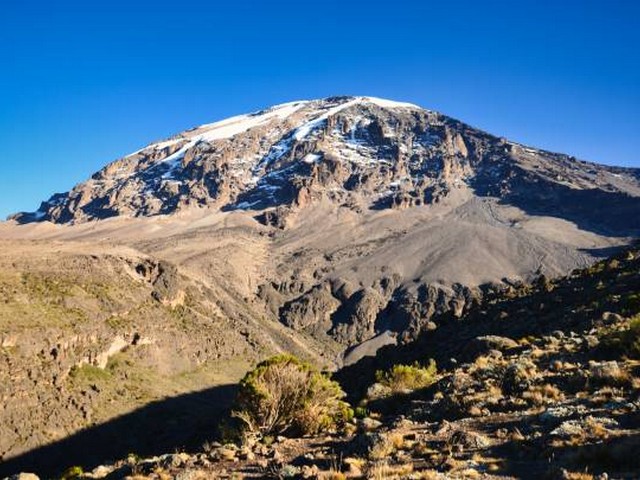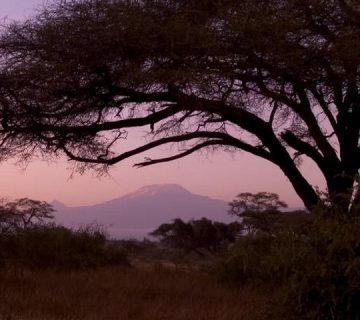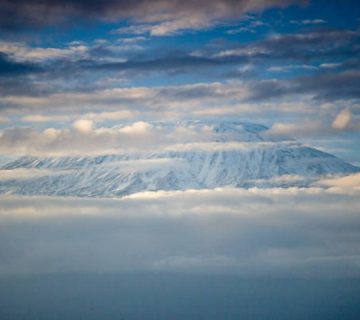Acclimatisation Tips for Kilimanjaro Trekking: Breathe Easy on Your Ascent
Elevate Your Adventure: Mastering the Art of Acclimatisation
Standing imposingly with its snow-capped summit, Mount Kilimanjaro is not just a mountain—it’s a beacon for adventurers from around the globe. Climbing Kilimanjaro offers not only breathtaking views but also a serious altitude challenge. At the Kilimanjaro Centre for Trekking and Ecotourism (KCTE), we understand that the key to a successful trek lies not only in physical preparation but crucially in effective acclimatisation. This blog will guide you through essential tips to ensure your body adjusts smoothly to the heights of Africa’s tallest peak, making your journey not just memorable but enjoyable.
Why Focus on Acclimatisation?
The journey to Uhuru Peak is not just a physical test but an altitude challenge. The air thins as you ascend, and oxygen levels decrease—this is where acclimatisation comes into play. Proper acclimatisation reduces the risk of altitude sickness, enhances your body’s ability to perform under reduced oxygen, and overall, increases your chances of reaching the summit joyfully and healthily.
Pre-Trek Preparation: Starting Early
Begin at Home
- Fitness: Engage in regular aerobic activities such as jogging, cycling, or swimming months before your trek to improve your cardiovascular health.
- Altitude Training: If possible, train on high altitudes or use an altitude training mask to familiarize your body with reduced oxygen levels.
Understand Altitude Sickness
Educate yourself about the signs of altitude sickness which include headache, nausea, dizziness, and fatigue. Recognizing these early symptoms can be crucial in managing them promptly.
On the Mountain: Acclimatise as You Ascend
Climb Slowly
The golden rule on Kilimanjaro is ‘pole pole’ (slowly, slowly in Swahili). Ascending slowly naturally helps your body adjust to the altitude. This is why at KCTE, we recommend routes that allow gradual ascent and better acclimatisation, such as the Lemosho or the Rongai route.
Hydration is Key
Staying hydrated is crucial. Dehydration lowers your body’s ability to acclimatise. Drink at least 3-4 liters of water daily to maintain optimal hydration.
Eat Right
Your body needs more calories at altitude, even if your appetite might wane. Focus on a diet rich in carbohydrates; these are easier to break down and provide energy quickly.
Sleep Matters
Getting adequate rest helps your body recover and adjust. Ensure you get a full night’s sleep and consider short naps when needed.
Listen to Your Body
Tune into how you feel. Kilimanjaro is not just a physical challenge; it’s an emotional journey. If symptoms of altitude sickness appear, inform your guide immediately. KCTE guides are trained to assist in such situations and will help make informed decisions, whether it means a rest day or, if necessary, a descent.
Medical Support
Carry appropriate medications after consulting with a healthcare provider. Drugs like Acetazolamide can aid in acclimatisation; however, they are prescription drugs and should be used under medical guidance.
Use Supplemental Oxygen Wisely
While not commonly required, KCTE provides supplemental oxygen for emergency situations. This is only used when absolutely necessary and under strict supervision to ensure safety.
Embrace the Journey with KCTE
Choosing the right partner for your Kilimanjaro trek can make all the difference. At Kilimanjaro Centre for Trekking and Ecotourism (KCTE), we not only guide you to the summit but ensure your journey up is safe, enjoyable, and well-informed. Our experienced guides, carefully crafted itineraries, and emphasis on safety are geared towards providing the best acclimatisation and a memorable adventure.
The Ideal Itinerary for Optimal Acclimatisation
Our itineraries are designed to give you the best chance at acclimatising properly. With longer routes like the 8-day Lemosho route, you get more time to adjust, thereby increasing your summit success rates.
Remember, succeeding on Kilimanjaro is not about speed; it’s about steady, incremental steps to the top.
FAQ: Acclimatisation on Kilimanjaro
Q: How long does it take to acclimatise to Kilimanjaro?
A: It varies by individual, but typically, routes that span 7-8 days offer ample time for acclimatisation.
Q: Can I take medications to help with acclimatisation?
A: Yes, medications like Acetazolamide can be used under medical advice to aid acclimatization.
Q: What is the best way to prevent altitude sickness?
A: Climb slowly, stay hydrated, eat a proper diet, and ascend gradually. Choosing a route that allows for gradual ascent is also vital.
Q: Should I use supplemental oxygen during my climb?
A: Supplemental oxygen is for emergency use and not intended for regular use. It’s best to acclimatise naturally if possible.
Q: How do I know if altitude sickness is becoming severe?
A: Severe symptoms can include extreme fatigue, respiratory issues, and coordination loss. Immediate descent is crucial in such cases.
Are You Ready to Conquer Kilimanjaro?
Achieving the summit of Kilimanjaro is a feat that many dream of, and with the right preparation, it’s entirely within your reach. Remember, the journey to the roof of Africa is not just about endurance, but about enjoying and embracing every step of the adventure. With these acclimatisation tips from KCTE and our dedicated support, you’re set for success.
Ready to start your Kilimanjaro adventure with expert guidance and proven acclimatisation strategies? Book your climb with Kilimanjaro Centre for Trekking and Ecotourism (KCTE) today, and step into the adventure of a lifetime. Visit our website or contact us directly to find out more about our tailored treks that prioritize your safety and enjoyment. Let’s make your Kilimanjaro dream a reality!
Embark on this breathtaking journey and let Kilimanjaro change you, one step at a time.




